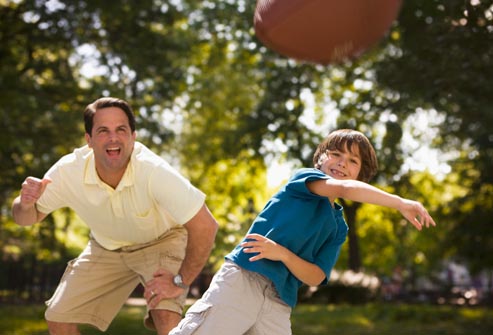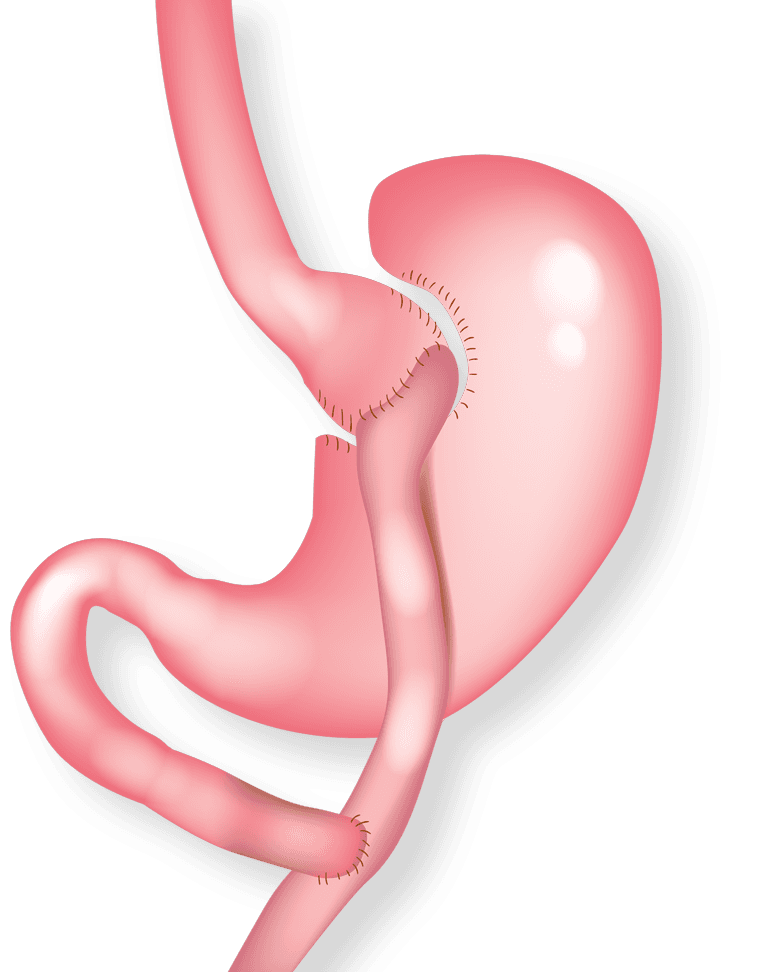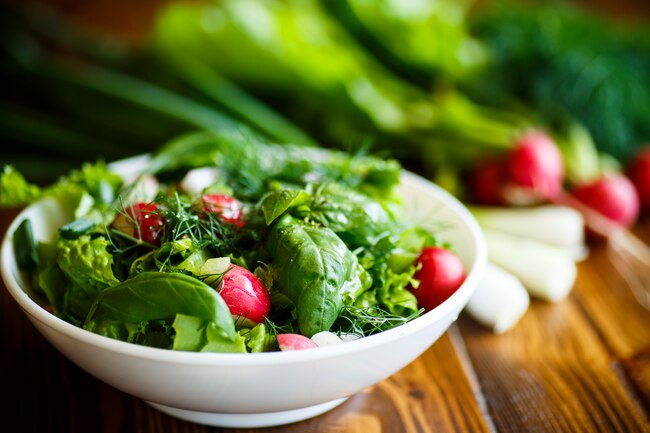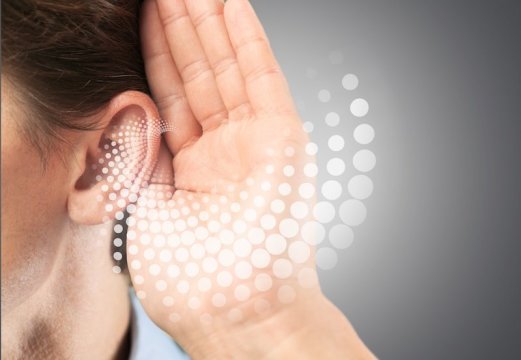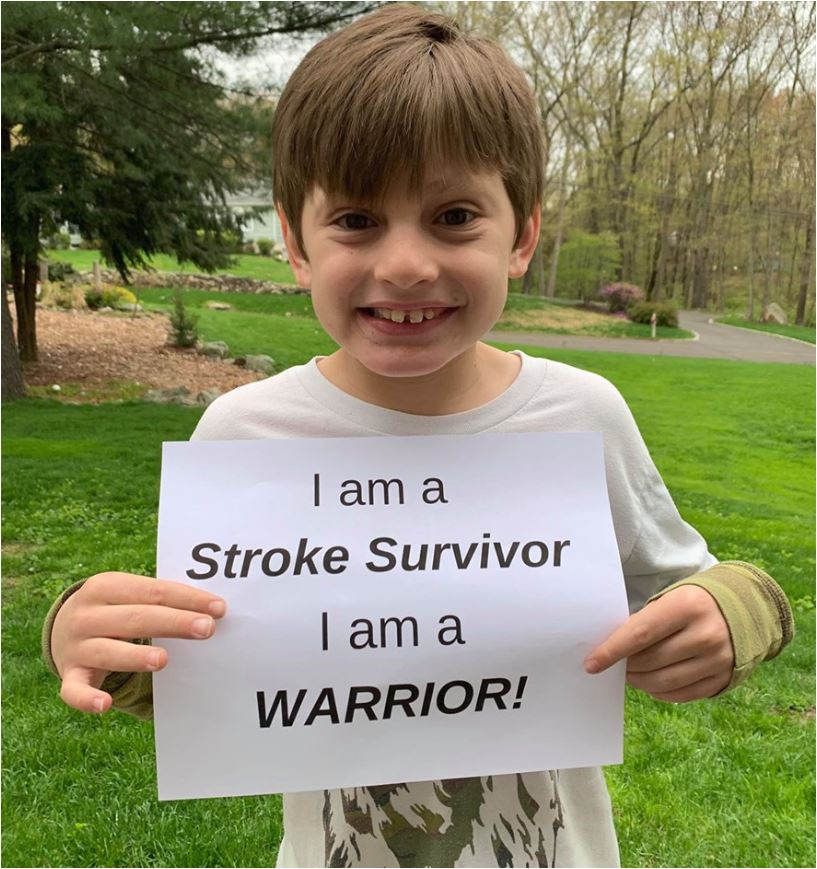When it comes to fitness, there are certain universal questions that experts hear almost every day: How can I get the most out of my workouts? How can I lose weight faster, burn the most calories, and feel energized enough to power through every training session? While there are other elements that may affect your unique situation, there’s one simple answer that applies to all of these questions: Eat! More specifically, eat the right foods at the right time.
Like many women, I used to think the best way to lose weight was to work out hard and wait until mealtime to eat. I now know that the key to getting and maintaining a knockout body is a combination of regular exercise and eating the right foods at the right times. (Read: Not starving myself!)
Keep reading for pro tips about what to eat before and what to eat after a workout to burn the most calories, stay energized, build lean muscle, lose weight, and speed up recovery.
The Importance of Eating Before Your Workout
Whether you eat or don’t eat before exercise, research shows the body burns the same amount of fat. However, you can actually cause muscle loss if you regularly work out on an empty stomach. (Related: Everything You Need to Know About Burning Fat and Building Muscle)
Here’s why: When you’re hungry, your body goes into survival mode and draws protein from muscle instead of from your kidneys and liver, where the body normally looks for protein. When this happens, you lose muscle mass, which can ultimately slow your metabolism and make it harder for you to lose weight. Plus, if you exercise on an empty stomach, you’re not giving yourself the fuel you need to power through an intense training session. (Eat one of these snacks before your next workout and turn your body into a fat-burning machine!)
What to Eat Before a Workout
The best pre-workout bite contains some form of complex carbohydrate and a protein. The key is to have a mixed bag of complex and simple carbs so that the release of energy during your workout is slow and steady throughout your routine.
Here are some of the best pre-workout meals and snacks to keep energized during your workout.
Brown rice (1/2 cup) with black beans (1/2 cup)
Small sweet potato with steamed or lightly salted broccoli in olive oil (1 cup)
Banana with almond butter (2 tablespoons)
Apple with almond butter (2 tablespoons)
Multi-grain crackers (10) with hummus (3 tablespoons)
Oatmeal (1/2 cup) with berries (1 cup), sweetened with stevia or agave
Apple and walnuts (1/4 cup)
Whole-wheat toast (1 slice) with a sliced banana and dash of cinnamon
Greek yogurt (6 ounces) with trail mix (1/4 cup)
The Importance of Eating After Your Workout
During exercise, your body taps glycogen (the fuel stored in your muscles) for energy. After you’ve cranked out that last rep, your muscles are depleted of their glycogen stores and broken down. When it comes to what to eat after a workout, eating or drinking something that combines protein and carbohydrates 30 minutes to an hour after your workout refills energy stores, builds and repairs your muscles that were broken down, and helps keep your metabolism burning strong.
The sooner you start refueling, the better off you’ll be. Research shows that your body’s ability to refill muscle stores decreases by 50 percent if you wait to eat just two hours after your workout compared to eating right away. Try to plan ahead and bring your recovery drink to the gym, or pack a peanut butter and jelly sandwich to eat when you’re finished. (Jelly isn’t the only way to enjoy PB. Whip up one of these healthy peanut butter recipes for your next snack or meal.)
What to Eat After a Workout
According to the Journal of the International Society of Sports Nutrition, consuming protein and a little carbohydrate is best immediately after exercise.
Try these quick post-workout meal ideas to speed up recovery, maximize exercise benefits, and help maintain lean muscle:
Protein shake made with half a banana, one scoop of protein powder, almond milk, and hemp seeds (excellent protein source)
Salad with roasted chickpeas (1/2 cup), light olive oil, and vinegar
Sautéed or steamed vegetables (1 cup) with non-GMO tofu (1/2 cup)
Quinoa bowl (1 cup) with blackberries (1 cup) and pecans (1/4 cup)
Whole-wheat bread (2 slices) with raw peanut butter (2 tablespoons) and agave nectar
Burrito with beans (1/2 cup), brown rice (1/2 cup), guacamole (2 tablespoons), and salsa
Grilled chicken (4 ounces) with sautéed or steamed vegetables (1 cup)
Omelet (2 eggs) stuffed with sautéed vegetables (1/2 cup) and avocado (1/4 of fruit, sliced)
Grilled salmon (4 ounces) with a baked sweet potato (5 ounces)
Whole-wheat bread (2 slices) with tuna (3 ounces) mixed with hummus (2 tablespoons), spinach leaves (1/2 cup)
Chocolate milk (1 cup)


